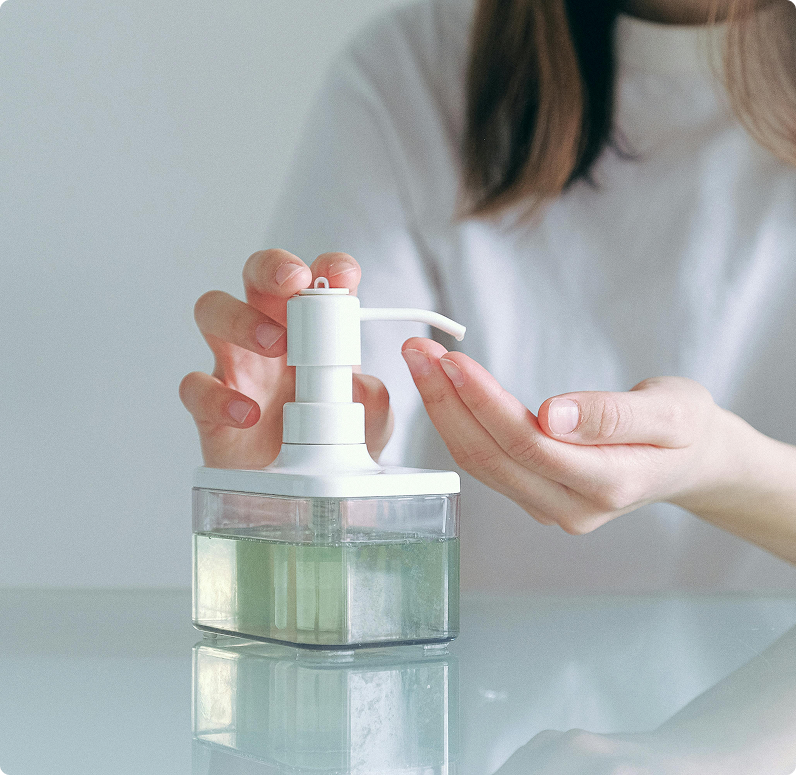1. Triclosan
Once the star ingredient in many antibacterial products, triclosan has been linked to hormone disruption, antibiotic resistance, and environmental harm. The FDA banned its use in hand sanitizers in 2019, but it’s still worth double-checking labels if you’ve got an old bottle lurking in your stash.
2. Fragrance
Ah, that fruity or floral scent might smell heavenly, but it often hides a cocktail of chemicals, including phthalates—which can mess with your hormones. If you’re sensitive to fragrances, look for unscented or naturally scented options.
3. Methanol
This one’s a real troublemaker. Methanol, or wood alcohol, is toxic if absorbed through the skin or ingested. The FDA has issued warnings about some hand sanitizers containing methanol, so always buy from reputable brands.
To The Science!
We all know the about the germ busting and convenience of hand sanitizers, but did you know that studies have raised some eyebrows about hand sanitizer’s potential health effects?
One particularly intriguing study found that using hand sanitizer can increase the skin’s absorption of BPA (bisphenol A), a chemical found in plastics and thermal paper receipts. BPA is known to mimic estrogen and has been linked to various health issues, including reproductive problems and hormone disruption. The study showed that after applying hand sanitizer and handling a receipt, BPA absorption shot through the roof.
Other concerns include:
- Skin Irritation: The high alcohol content in hand sanitizer can dry out your skin, causing irritation, redness, or cracking—which ironically makes it easier for germs to get in.
- Resistance Risks: Overusing hand sanitizer might contribute to creating superbugs—bacteria that are resistant to antibiotics.
Less-Toxic Options
The good news is that cleaner, greener hand sanitizers are out there! Look for brands that prioritize natural ingredients and transparency. Here are a few tips:
Check the Ingredients:
Aim for products with ethyl alcohol (ethanol), aloe vera, and essential oils. These are generally safer and just as effective.
Avoid Fragrance:
Opt for unscented versions or ones scented with natural essential oils.
Certifications:
Look for labels like USDA Organic or EWG Verified to ensure fewer harmful chemicals.
Some popular less-toxic brands include:
- Dr. Bronner’s: Made with organic ethanol, glycerin, and essential oils.
- EO Hand Sanitizer: Natural scents and organic ingredients.
A Few Final Sanitizing Tips for the Road
Moisturize:
Combat dryness by following up with a good hand cream. Look for one with natural ingredients like shea butter or coconut oil.
Use Sparingly:
Don’t go overboard. Hand sanitizer is a backup, not a replacement for good ol’ soap and water.

